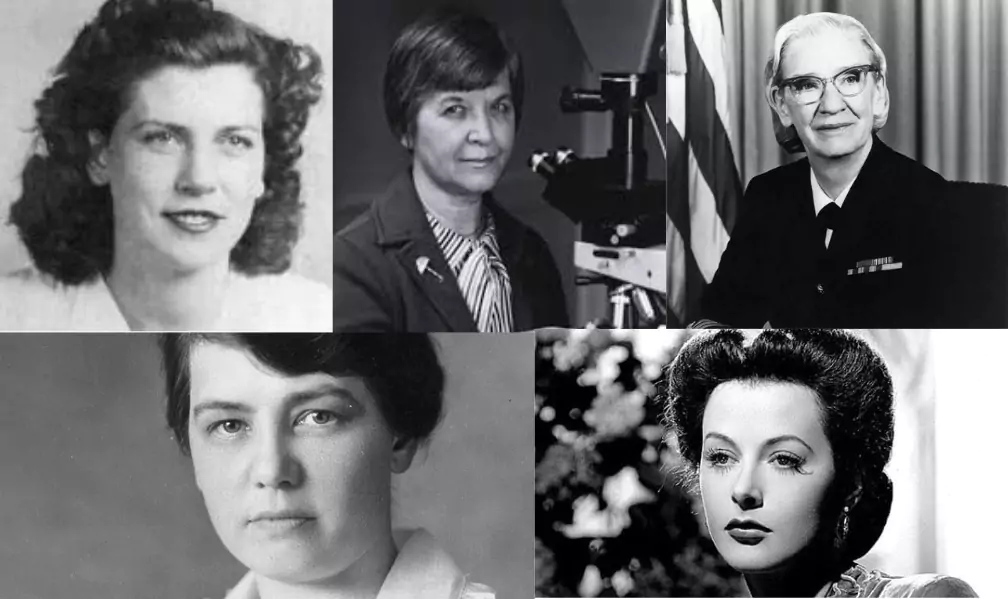
Women’s History Month: Celebrating Industrial Trailblazers

March is Women’s History Month! Women have shaped manufacturing and industrial industries in ways that are often overlooked, so we want to take the time to highlight five amazing women who irreparably left their mark on these landscapes forever.
At 12 years old, Margaret Knight was forced to work in a textile mill to help support her family after the death of her father. Throughout her career, she learned numerous trades. In 1867, she began her job at the Columbia Paper Bag Co. She created a machine that would automatically feed, cut, fold, and glue paper in the form of a square bottom bag. While she had to fight for a patent due to sexist idealism, in 1871, her persistence succeeded. She had many other inventions throughout her lifetime, including window frames and sole-cutting machines for shoes.
In 1946, Stephanie Kwolek received her B.S. in Chemistry from the Carnegie Institute of Technology, and from there, Kwolek invented Kevlar, a heat-resistant and powerful synthetic fiber. Kevlar revolutionized numerous industries, from tire manufacturing to aerospace, and is best known for its use in bulletproof vests that police officers nationwide use today, as their material is five times stronger than steel.
At a very young age, Grace Murray Hopper was destined for the engineering world. Attending brilliant schools and later becoming a rear admiral in the U.S. Navy, she is best known for developing the first compiler for a computer programming language. This innovation profoundly impacted the development of software used in manufacturing and other industries.
Only one of two women to graduate from Cornell University with a Civil Engineering degree in the 1920s, Olive Dennis, an American bridge engineer, designed numerous bridges and viaducts. She significantly contributed to infrastructure development crucial for transportation and manufacturing.
Hedy Lamarr, best known for her work in Hollywood during the “golden age,” was once married to a munitions manufacturer, so she learned about torpedo control systems throughout their marriage. She later co-created a frequency-hopping spread spectrum communication system—essentially the beginning of technologies like Wi-Fi and Bluetooth. As everyone knows, both are essential in modern manufacturing and communication.
These incredible ladies demonstrate the diverse ways women have shaped the manufacturing and industrial world, and they deserve to be celebrated during Women’s History Month and beyond. To the women whose work shapes our world, thank you!
